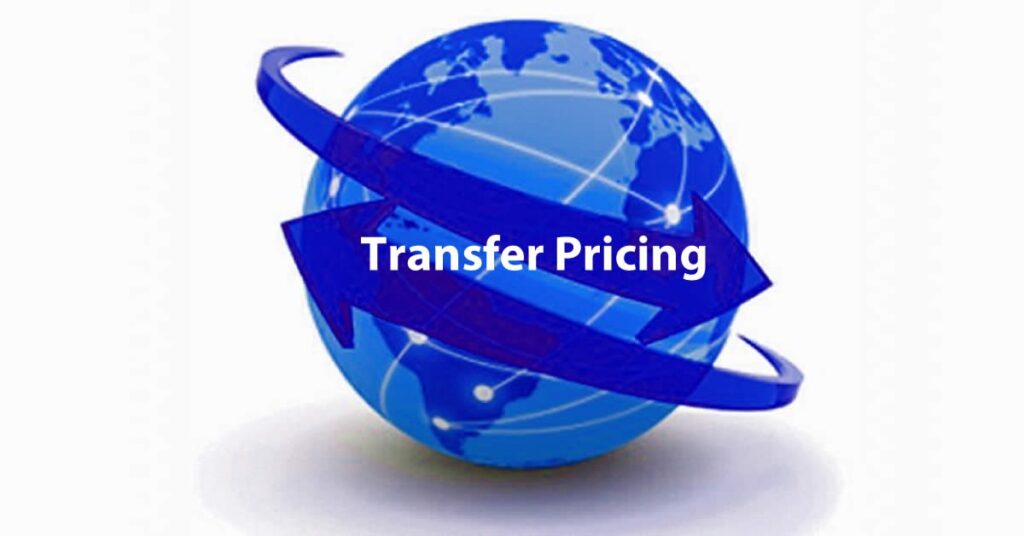What is Transfer Pricing, Really?
Let’s say you have a parent company in the UK and a subsidiary in India. The UK entity provides software development services to the Indian arm and charges it a fee. Now, here’s the catch—how do you decide on the fee? If you overcharge or undercharge, it could shift profits between countries, impacting tax liability in both places.
Transfer pricing is simply the pricing of transactions between related entities—whether it’s for goods, services, loans, intellectual property, or even management support. Tax authorities want to ensure that these prices are set fairly, as if two independent companies were dealing with each other. That’s what they call the arm’s length principle.
So, When Does Transfer Pricing Apply?
Transfer pricing rules don’t apply to every business. Here’s when you need to start paying attention:
- You have two or more related or associated enterprises
- You’re engaged in international transactions
- In some countries, domestic transactions are also covered
What Kind of Transactions Are Covered?
It’s not just about the price of a product. Transfer pricing can apply to a wide range of dealings, such as:
– Sale or purchase of goods between group companies
– Payment of royalties or license fees
– Loans and guarantees
– Cost sharing arrangements
– Intercompany services (IT support, HR, marketing)
– Transfer or use of intellectual property
Why Does This Matter?
Tax authorities across the globe are increasingly vigilant about transfer pricing. They don’t want companies shifting profits to low-tax jurisdictions by tweaking internal prices.
So, if your business isn’t pricing things at arm’s length, you might be:
– Under the radar for a tax audit
– Liable for hefty penalties or interest
– Required to pay additional taxes in multiple countries
– Facing compliance issues that slow down operations
Transfer Pricing Requirements You Should Know
While each country has its own specific rules, here are a few things that apply almost everywhere:
– Maintain documentation: Keep records showing how you arrived at the prices.
– Justify arm’s length pricing: Use accepted methods to prove your prices are fair.
– File reports on time: In many countries, you need to file a transfer pricing report annually.
– Be audit-ready: Your records need to be thorough and accessible.
Real-World Example
Let’s say Innobrant UK provides software development services to Innobrant Australia and charges AUD 100,000 for the project. If that same service, when provided to an external client, would cost AUD 150,000, the tax authorities may ask why there’s a discount. If the price isn’t justified with documentation, they can re-calculate your taxable income, increase your tax bill, and possibly levy penalties.
How to Stay Compliant Without Getting Overwhelmed
Here’s what smart businesses do:
1. Understand your structure – Map out all related-party transactions.
2. Document every transaction – Even simple service agreements should have supporting paperwork.
3. Use benchmarking studies – Compare your prices to what others in the market charge.
4. Get expert help – Transfer pricing is technical. Working with a professional makes the process smoother, more accurate, and less stressful.
Final Thoughts
Transfer pricing isn’t something to ignore, especially if your business has grown internationally. But it also doesn’t have to be intimidating. By understanding when transfer pricing is applicable and staying prepared with the right documentation, you can avoid unnecessary tax complications and focus on what you do best—running your business.
Need help with transfer pricing documentation or compliance?
Talk to Innobrant’s international tax experts today—we’ll guide you through it, step by step.


